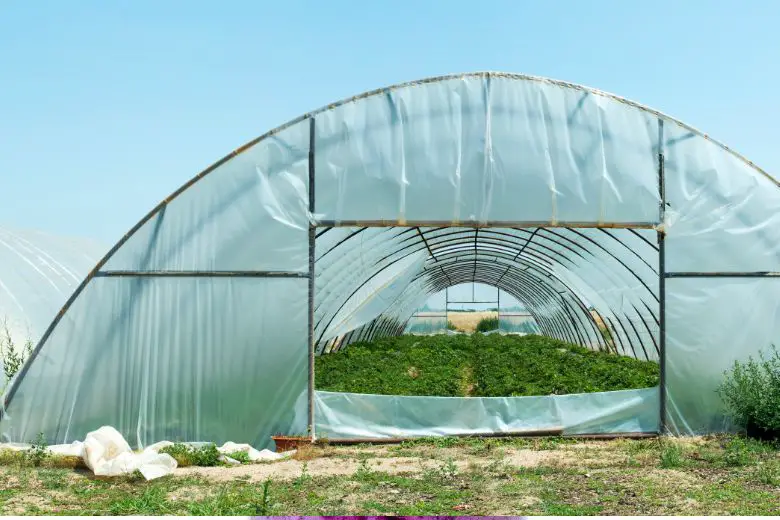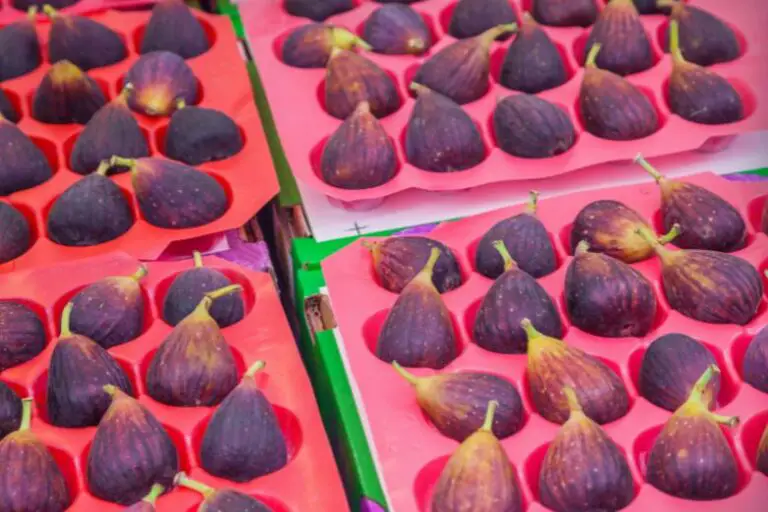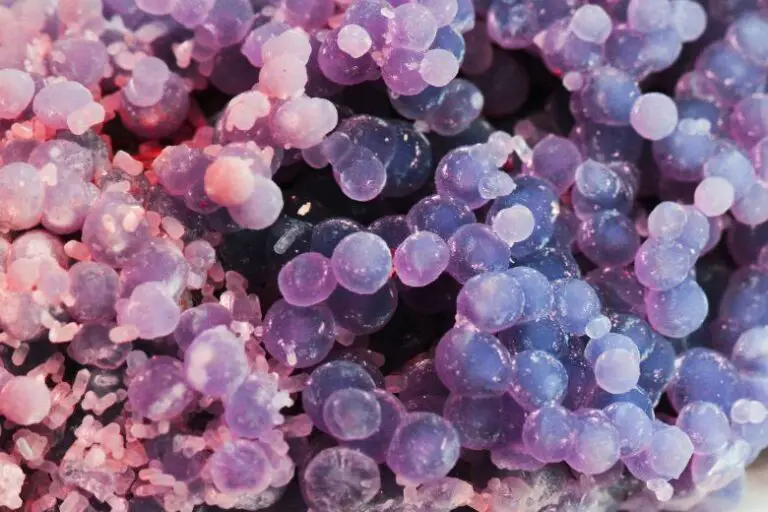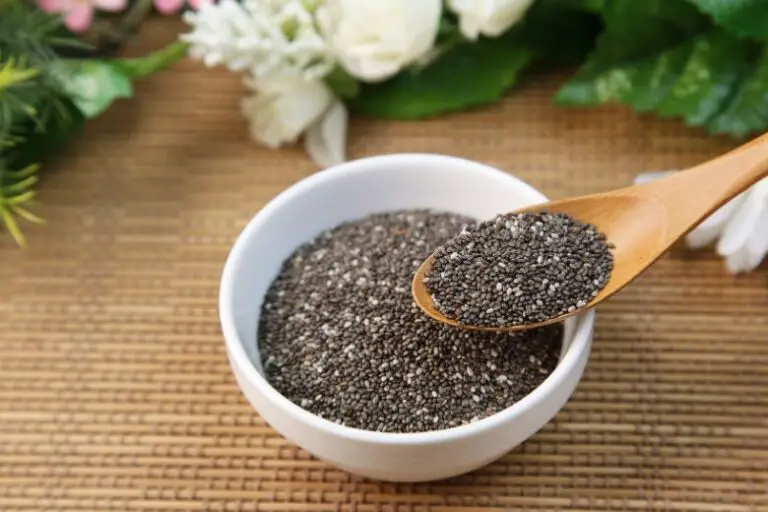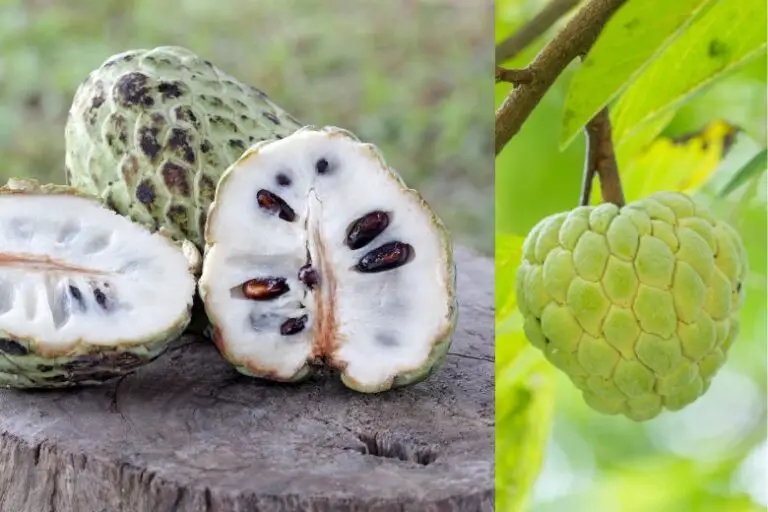Can Strawberries Grow in Shade?
Strawberries are delightful fruits loved by many for their sweet taste and vibrant color. Whether you’re an avid gardener or simply someone with a green thumb
you may have wondered if it’s possible to grow strawberries in shade. In this article, we will explore the potential of cultivating strawberries in shaded environments and provide insights on how to successfully grow these luscious berries even without abundant sunlight.
Understanding Strawberry Plants
Before delving into the specifics of growing strawberries in shade, let’s familiarize ourselves with the characteristics of strawberry plants. Strawberries belong to the Fragaria genus and are herbaceous perennials. They are known for their low-growing habit, forming compact clusters of green foliage that produce white flowers and, eventually, delicious red berries.
Strawberry plants typically thrive in full sun, requiring at least 6-8 hours of direct sunlight each day. This ample sunlight ensures proper photosynthesis and the production of sugars necessary for fruit development. However, they can adapt to partial shade conditions with some adjustments.
Evaluating Shade Conditions
Shade can vary in intensity, ranging from dappled shade to deep shade. When considering growing strawberries in shade, it’s crucial to assess the shade conditions in your garden. Observe how much sunlight reaches the area throughout the day and determine the extent of shade coverage. This assessment will help you understand the level of shade tolerance your strawberry plants will require.
Challenges of Growing Strawberries in Shade
While strawberries can tolerate some shade, it’s important to acknowledge the challenges associated with growing them in less sunlight. Reduced sunlight exposure can lead to slower growth, smaller fruit size, and decreased productivity. Additionally, shade can create a damp environment, increasing the risk of fungal diseases that thrive in such conditions.
Shade-Tolerant Strawberry Varieties
To increase your chances of success, it is advisable to choose strawberry varieties that are known to be shade tolerant. Some examples include:
- “Albion”
- “Seascape”
- “Tristar”
- “Tribute”
These varieties have shown better adaptability to partial shade and have been successful in different regions. It’s essential to research and select the varieties that are best suited for your specific location and climate.
Creating the Ideal Growing Environment
To compensate for the lack of sunlight, it’s crucial to provide the ideal growing environment for shade-grown strawberries. Start by preparing the soil adequately. Ensure it is well-draining, rich in organic matter, and has a slightly acidic pH between 5.5 and 6.5. Incorporating compost or well-rotted manure into the soil can enhance its fertility and moisture-retaining capabilities.
Furthermore, strawberries require essential nutrients for healthy growth. Prior to planting, amend the soil with a balanced fertilizer that provides a good supply of nitrogen, phosphorus, and potassium. This will ensure your plants receive the necessary nutrients, promoting robust growth even in the absence of abundant sunlight.
Planting and Caring for Strawberries in Shade
When planting strawberries in shade, follow these guidelines for optimal growth:
- Choose healthy strawberry plants from reputable nurseries or garden centers.
- Dig holes that accommodate the root system without crowding or bending the roots.
- Space the plants adequately to allow air circulation and reduce the risk of diseases.
- Water the plants thoroughly after planting and maintain consistent moisture levels.
- Apply organic mulch to suppress weed growth and retain soil moisture.
- Fertilize the plants periodically according to the recommendations for your chosen variety.
Maintaining Plant Health and Productivity
To ensure the health and productivity of your shade-grown strawberries, regular maintenance is essential. Pruning and thinning the plants will help maintain airflow and prevent overcrowding. Remove any damaged or diseased leaves or berries promptly to minimize the risk of spreading diseases.
Protecting your strawberry plants from pests such as slugs, snails, and birds is also crucial. Consider using organic pest control methods or employing physical barriers to deter these unwanted visitors. Regularly inspect your plants for signs of diseases such as gray mold (Botrytis) or powdery mildew and take appropriate measures to mitigate their impact.
Harvesting and Enjoying Shade-Grown Strawberries
Once your shade-grown strawberries have matured and ripened, it’s time to savor the fruits of your labor. Harvest strawberries when they are fully red and firm, preferably in the morning when the temperatures are cooler. Gently twist or cut the berries from the plant, taking care not to damage the delicate foliage.
Strawberries can be enjoyed fresh, added to salads, used in desserts, or transformed into delicious jams and preserves. Their versatility makes them a delightful addition to any culinary creation. Explore different recipes and serving suggestions to make the most of your homegrown strawberries.
Frequently Asked Questions (FAQs)
- Can all strawberry varieties tolerate shade?
- While not all strawberry varieties are equally shade-tolerant, some varieties, such as “Albion,” “Seascape,” “Tristar,” and “Tribute,” have shown better adaptability to partial shade conditions.
- How much sunlight do strawberries need to grow?
- Strawberries thrive in full sun, requiring at least 6-8 hours of direct sunlight per day for optimal growth and fruit production.
- What are the common diseases affecting strawberries in shade?
- Shade-grown strawberries are more susceptible to fungal diseases, including gray mold (Botrytis) and powdery mildew, due to the damp conditions created by reduced sunlight. Regular monitoring and appropriate preventive measures are necessary to protect the plants.
- Are there any special care instructions for shade-grown strawberries?
- Shade-grown strawberries require adequate soil preparation, proper watering, and periodic fertilization to compensate for reduced sunlight. Regular pruning, thinning, and pest control measures are also essential for maintaining plant health and productivity.
- Can I grow strawberries indoors in low-light conditions?
- While it’s challenging to grow strawberries in extremely low-light conditions indoors, you can use artificial grow lights to supplement the lack of natural sunlight and create a suitable environment for their growth.
Conclusion
In conclusion, while strawberries thrive in full sun, it is indeed possible to grow them in shade with proper care and consideration. By selecting shade-tolerant varieties, creating an ideal growing environment, and implementing appropriate maintenance practices, you can enjoy a bountiful harvest of sweet, juicy strawberries, even in areas with limited sunlight. Experiment, learn from your experiences, and relish the joy of growing your own shade-loving strawberries.

